Turkish Currency
The official currency of the Republic of Turkey is Turkish lira. The Turkish Lira is divided into subunits called kuruş. Read More.
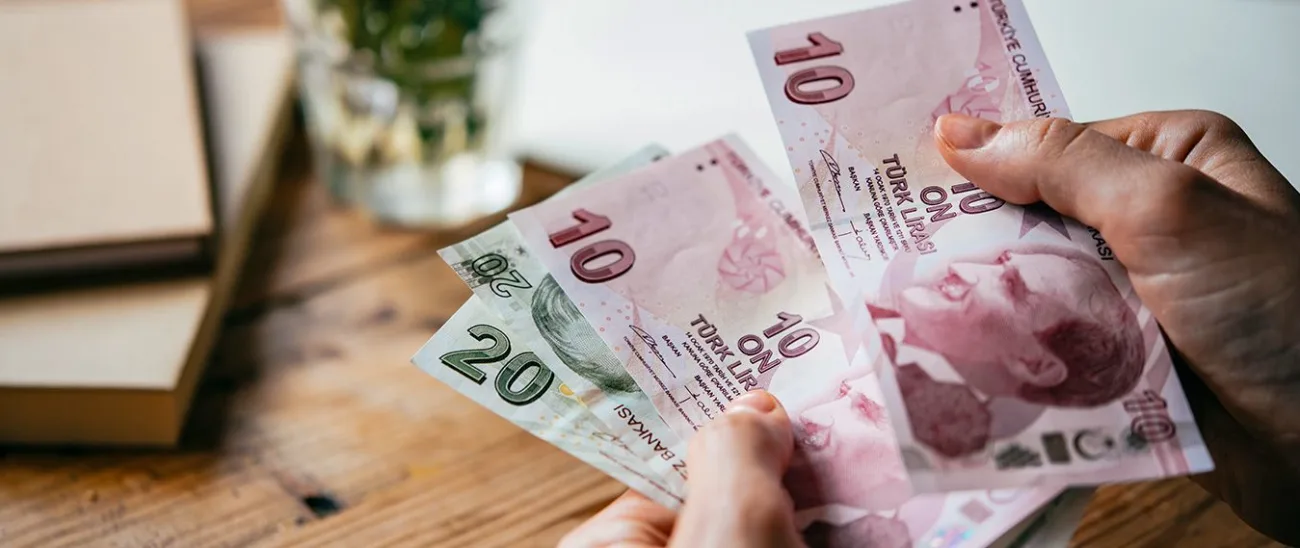
Turkey is an Asian-European destination, moreover, its location makes it a highly oriented destination for tourists from all around the globe throughout the year. Subsequently, Euros, US Dollars and other currencies are accepted in the daily transactions on stores, retails and markets in Turkey all at different rates to Turkish currency.
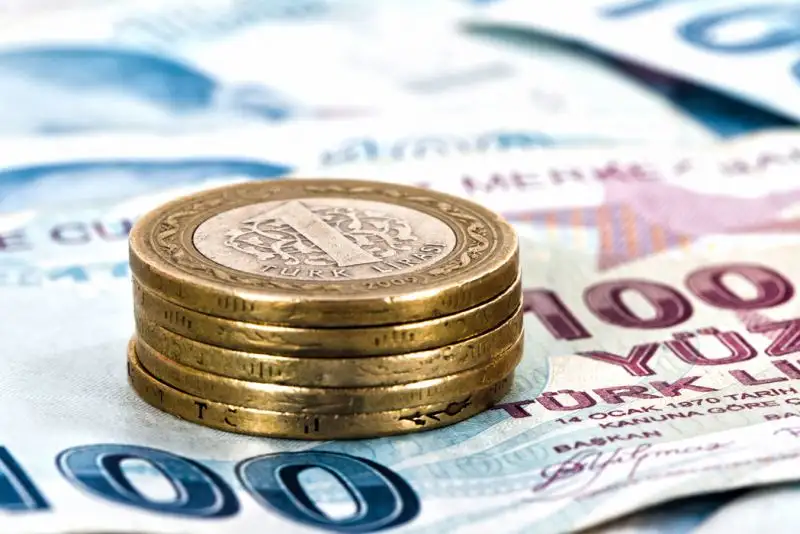
What is the Turkish Currency?
Money in Turkey or Turkish Money is called, The Turkish Lira, TL, sign: ₺; code: TRY, is the officially declared currency of Turkey and the Turkish Republic of Northern Cyprus.
The sign - ₺ - was designed by the designer Tülay Lale, which is a combination and manipulation of the letter 'L' like a half anchor, and the embedded double-striped letter 'T' angled at 20 degrees. The selection of the icon was set after a national competition, ended with 7 nominees in front of the Central Bank, to be announced by Prime Minister Recep Tayyip Erdoğan as the official symbol of the Turkish Lira in March 2012.
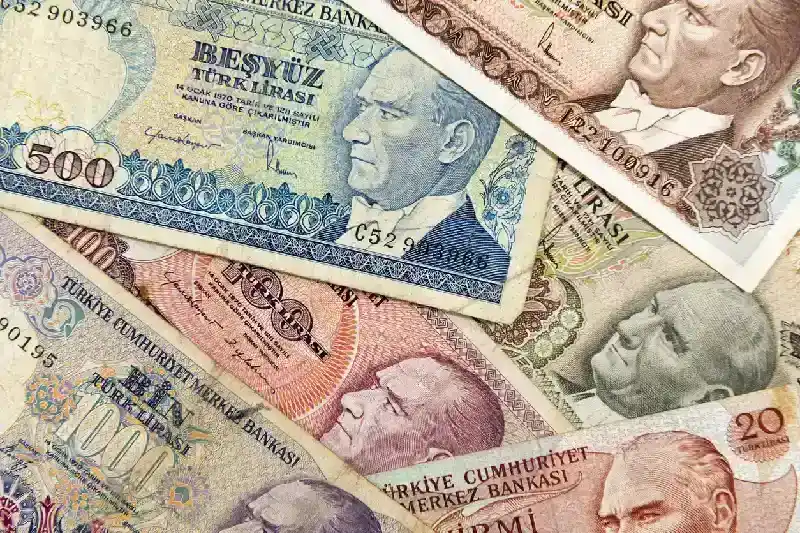
Evaluation of Turkish Old Lira
The Ottoman Lira (1844–1923)
By virtue of The Roman Empire authorities in the medieval times, the European and Middle Eastern even the Near-East currencies got their roots from the ancient Romans units of weight, the Libra or Pound in English, referring to the Silver Troy Pound.
Turkey used the Turkish Lira, while France used the French Livre up to 1795, at which time the Franc replaced it. Italy used the Italian Lira up until 2002, when the Euro was awarded. The British Pound (£), which is technically derived from Latin "Libra" but by official designation just "GBP", is used in the United Kingdom. The Ottoman Empire used the Ottoman Lira as official tender from 1844, and kept the kuruş as 1/100 subdivision.
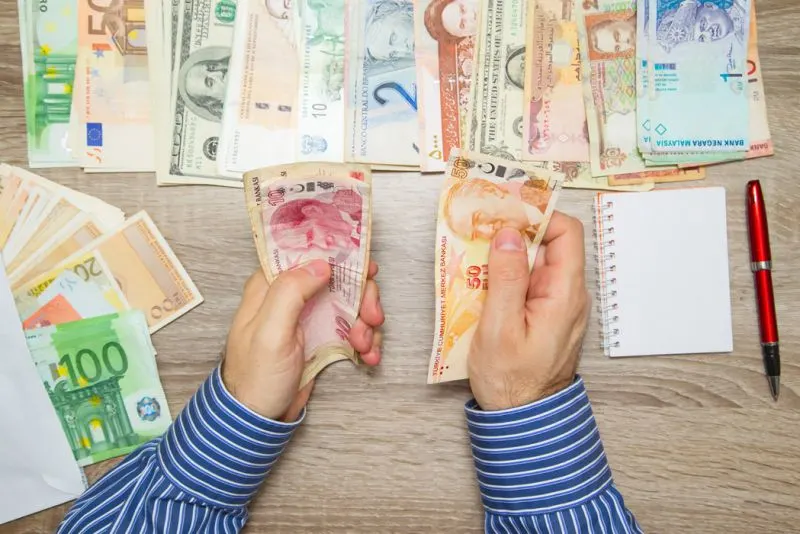
Customize Your Dream Vacation!
Get in touch with our local experts for an unforgettable journey.
Plan Your TripFirst Turkish Lira (1923-2005)
In 1926, during the early years of the Republic of Turkey, the transition from the Ottoman Lira to the Turkish Lira began, with the first official banknotes issued in 1927. Until 1966, the Turkish Lira devalued to 9 Turkish lire = 1 U.S dollar. The severe decline in the Turkish Lira value continued to descend gradually up till reaching the value of 1 U.S. dollar = 2,650,000 Turkish lira in 2001 to make the Turkish Lira ranking as the least valuable currency in the world before 2005 revaluation.
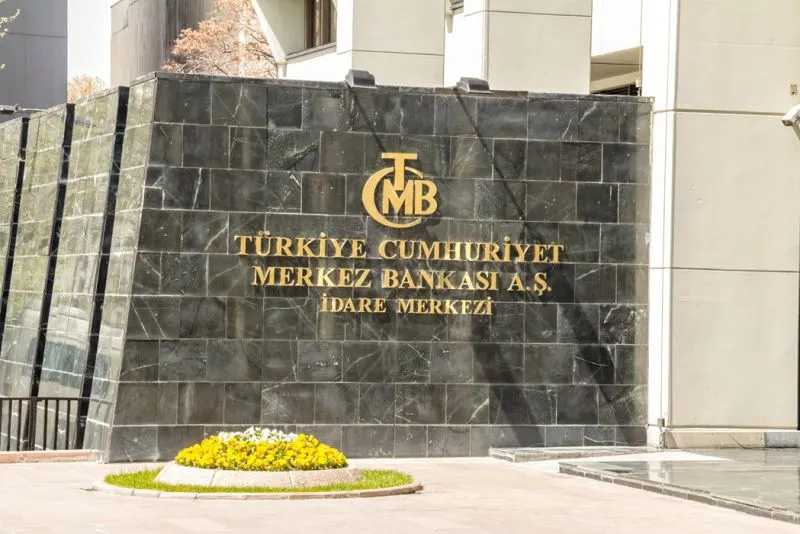
Second Turkish Lira (2005)
A redenomination was approved in 2003 by the Grand National Assembly of Turkey to stabilize the Turkish Lira and increase economic confidence. In 2005, the country introduced the "New Turkish Lira" (YTL) to replace the old currency, removing six zeros from it at a conversion rate of 1 YTL = 1,000,000 TL. New banknotes of 50 and 100 YTL were introduced during this transition. Following redenomination of the Turkish currency, Romanian Leu was the most undervalued currency in circulation, though in 2005 Romania also redenominated the currency.
The New Turkish Currency (2005 – 2008)
The new declared currency, the Turkish Lira was entitled Yeni Türk lirası – YTL-"New Turkish lira" with subdivision of 100 new kuruş (Yeni kuruş). Dominating the banknote market and Daily banking transactions in 2009, the term ‘New’ was dropped off and the previously called New Turkish Lira was announced as the "Turkish lira”, abbreviated "TL". The banknotes got different sizes avoiding forgery. Coins were minted without the expression ‘Yeni’ in values of 1, 5, 10, 25, 50 kuruş
Exchange Tips & Payment Options for Your Trip
Nowadays, The Turkish Lira banknote got the portraits of Mustafa Kemal Atatürk, the founder of the modern Turkish Republic. Exchanging your native currency to the Turkey lira during your Turkey Travel Package would be an easy process through the Turkish local banks, International banks in Turkey, exchange offices, in the airport, hotels, and ATMs that spread all around for quick cash. Credit and debit cards, Visa, MasterCard, American Express and other payment options are accepted for cash withdrawal immediately. The exchange rate of Turkey's lira went through a long series of ups and downs.
FAQS about Turkish currency
Q1. What is the symbol for the Turkish lira?
The symbol for the Turkish lira is "₺".
Q2. What denominations are available for Turkish lira?
The Turkish lira is available in the following denominations: banknotes - 5, 10, 20, 50, 100, 200 lira and coins - 1, 5, 10, 25, 50 kuruş and 1 lira.
Q3. What is the current exchange rate for Turkish lira?
The exchange rate for Turkish lira varies depending on the currency being exchanged. You can check the current exchange rates online or at a currency exchange.
Q4. Should I exchange money before I travel to Turkey?
It is generally recommended to exchange currency before arriving in Turkey, as exchange rates at airports and tourist areas may be less favorable. However, there are many currency exchange offices throughout Turkey where you can exchange money.
Q5. Is it better to take euro or dollar to Turkey?
While some tourist areas may accept US dollars or Euros, the official currency in Turkey is the Turkish lira and it is recommended to use lira for transactions.
Q6. Is it okay to use a credit card in Turkey?
Credit cards are widely accepted in Turkey, particularly in larger cities and tourist areas. However, it's always a good idea to carry some cash for smaller transactions and in case of technical difficulties with card payments.























